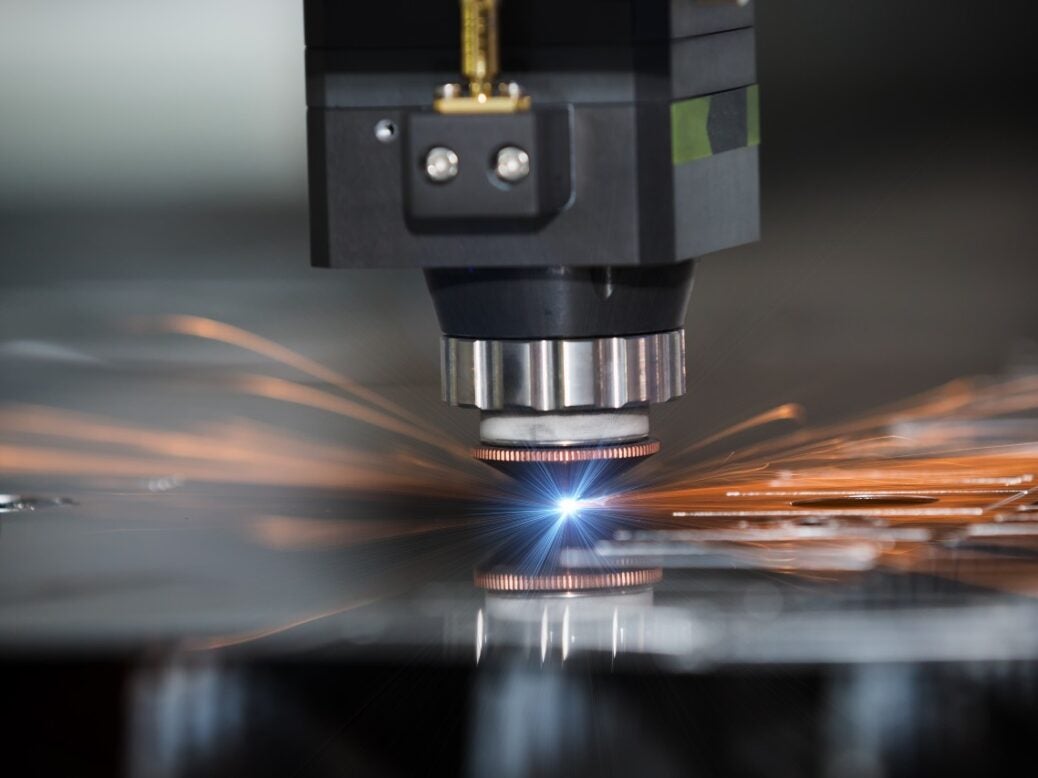The Basics Of Medical Device Laser Welding
Laser welding is the process of joining two pieces of metal together by melting a small amount of material near the joint. Unlike traditional welding methods that use heat to melt steel, lasers are able to produce much higher temperatures, which means they can achieve a stronger weld in less time.
Laser welding is a process that uses a high-powered laser to create a weld between two pieces of metal. This process is often used in the medical device industry to create small, precise welds between delicate components.
To get the best medical device laser welding service you may hop over to https://www.protolase.com/welding.

Image Source Google
Laser welding offers many advantages over traditional welding methods, including greater control and precision, less heat-related damage to nearby components, and faster weld times.
Benefits of Medical Device Laser Welding
Medical device laser welding is a welding process that uses a laser to heat and melt the materials being joined. This process can be used to weld a variety of metals, including stainless steel, titanium, and nickel alloys. Laser welding offers several benefits over other welding processes, including:
-
Higher precision: Laser welds are more precise than those made with other welding processes. This is especially important for medical devices, which must meet stringent quality standards.
- Faster welding speed: Laser welds can be made much faster than those made with other processes. This can save time and money in the manufacturing process.